Home>Interior Design>The Area Rug Sizes For A Living Room: 5 Rules To Follow
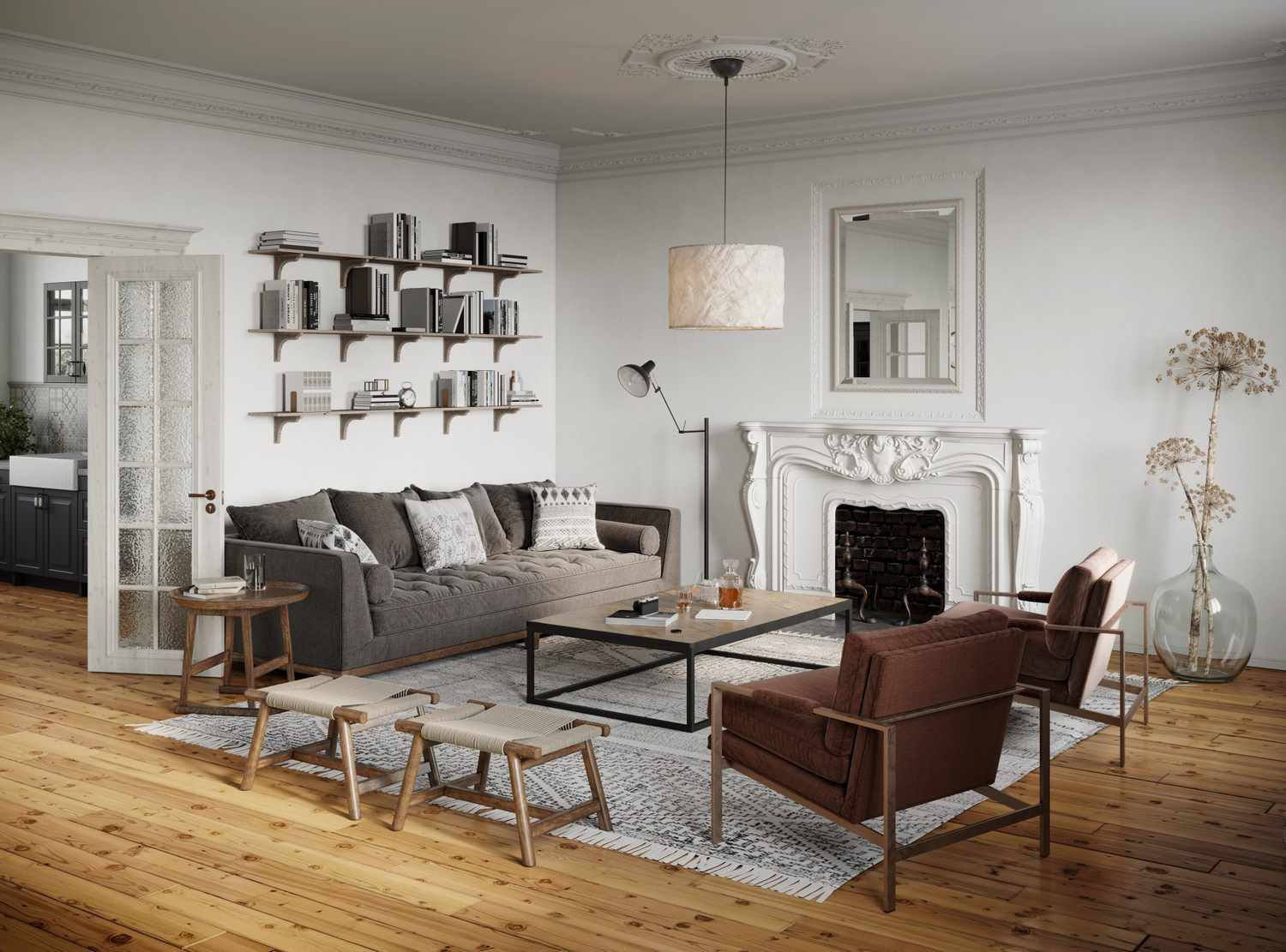

Interior Design
The Area Rug Sizes For A Living Room: 5 Rules To Follow
Modified: January 18, 2024
Discover the 5 essential rules for choosing the perfect area rug sizes for your living room. Enhance your interior design with these expert tips.
(Many of the links in this article redirect to a specific reviewed product. Your purchase of these products through affiliate links helps to generate commission for Storables.com, at no extra cost. Learn more)
Introduction
The size of an area rug plays a crucial role in enhancing the overall aesthetic appeal and functionality of a living room. Just like a well-fitted outfit can make a person look put-together and stylish, a properly sized area rug can transform a living room into a harmonious and inviting space.
However, selecting the right size for your area rug can be a daunting task. There are several factors to consider, such as the dimensions of the room, the layout of the furniture, and the desired visual impact. In this article, we will explore five important rules to follow when choosing the perfect size of an area rug for your living room.
Key Takeaways:
- Rule 1: Measure your living room accurately to choose the right rug size. Consider the room scale and furniture proportions for a balanced and visually appealing space.
- Rule 5: Understand how rug size impacts visual perception. Choose a rug that creates the desired atmosphere, whether it’s cozy, spacious, or well-defined.
Rule 1: Determining the perfect size for your living room
The first rule in choosing the right size of an area rug for your living room is to accurately determine the dimensions of the space. This will serve as the foundation for selecting the appropriate rug size that will complement the room’s layout.
To measure your living room, start by taking the dimensions of the seating area, where the majority of furniture is placed. Measure the length and width of this area, making sure to account for any nooks or corners that may affect the shape of the rug you choose.
Once you have the measurements, consider the scale of the room. For smaller living rooms, a rug that covers most of the seating area can make the space feel larger and more cohesive. In contrast, larger living rooms may benefit from a rug that defines multiple seating areas or leaves some exposed floor space to create visual interest.
A common guideline is to leave at least 8 inches of bare floor space between the edges of the rug and the walls. This creates a border effect and prevents the rug from overwhelming the room. However, if you prefer a more luxurious and encompassing look, you can opt for a rug that extends all the way to the walls.
Additionally, consider the proportions of the furniture in your living room. If you have a large sectional sofa, it may be more visually appealing to choose a rug that is proportional in size, extending beyond the edges of the seating area. On the other hand, if you have smaller or separate furniture pieces, a rug that sits just under the front legs can create a cohesive and visually appealing arrangement.
By determining the perfect size for your living room, you can ensure that your area rug enhances the overall design and aesthetic of the space. It will create a sense of balance and proportion, making your living room a comfortable and visually pleasing environment.
Rule 2: Considering furniture placement
When selecting the size of an area rug for your living room, it is essential to consider the placement and arrangement of your furniture. The way your furniture interacts with the rug can greatly impact the overall look and feel of the space.
In general, there are three main furniture placement options to consider:
- All furniture on the rug: This placement option works well for smaller living rooms or when you want to create a cohesive and defined seating area. In this case, choose a rug that is large enough to accommodate all the furniture legs. This will create a visually united space and prevent the furniture from floating around the room.
- Front legs on the rug: This option is commonly used in larger living rooms or when mixing and matching furniture pieces. In this case, the area rug should be large enough to accommodate the front legs of the furniture, creating a sense of cohesion and visual connection.
- No furniture on the rug: If you prefer a more minimalist or open layout, you may choose to have no furniture on the rug. In this case, the rug should be positioned in a way that it defines and anchors the seating area without the furniture resting on it. This arrangement can create a more spacious and airy feel.
When considering furniture placement, it is crucial to ensure that the rug size complements the scale and proportions of the furniture. It should provide enough space for comfortable movement, while also visually connecting the different elements in the room.
Additionally, consider the shape of the rug in relation to the shape of the furniture arrangement. If you have a rectangular or square seating area, a rug with similar dimensions can create a harmonious and balanced look. On the other hand, if your furniture arrangement is more rounded or asymmetrical, a circular or oval rug can soften the lines and add visual interest.
By carefully considering furniture placement, you can select an area rug size that enhances the arrangement of your living room, creating a cohesive and visually appealing space.
Rule 3: Choosing the right shape for your living room
In addition to considering the size of the area rug, it is important to choose the right shape that complements the layout and design of your living room. The shape of the rug can accentuate and enhance the overall aesthetic appeal of the space.
Here are a few common rug shapes and how they can work with different living room layouts:
- Rectangular: Rectangular rugs are the most common and versatile choice for a living room. They work well in rectangular or square-shaped rooms, providing a sense of structure and definition. Rectangular rugs can be placed parallel to the longest wall or aligned with the furniture arrangement for a balanced look.
- Square: Square rugs are a great option for square or small-sized living rooms. They can create a symmetrical and visually pleasing layout, especially when the furniture is arranged in a square or circular configuration.
- Round: Round rugs add a touch of softness and elegance to a living room. They work well in spaces with curved furniture or in rooms with rounded architectural features. Round rugs can create a focal point in the center of the room or be positioned under a round coffee table.
- Runner: Runner rugs are long and narrow, making them perfect for narrow walkthrough areas or as an accent piece in smaller living rooms. They can be placed in front of a fireplace, along a hallway, or under a console table, adding visual interest and functionality.
- Custom: In some cases, a living room may require a custom-shaped rug. This can be a great option if you have unique furniture placement or odd-shaped room dimensions. Custom rugs can be designed to perfectly fit the area and contribute to the overall aesthetic of the space.
When choosing the shape of your area rug, consider the overall design concept and the flow of your living room. A well-chosen rug shape can create a sense of harmony, balance, and visual interest in the space.
Remember, it’s not just about the size of the rug, but also how its shape interacts with the furniture and the room itself.
When choosing an area rug for your living room, make sure it’s large enough to fit all the furniture on top of it, with at least 18 inches of floor space around the edges. This will help create a cohesive and balanced look in the room.
Rule 4: Selecting the appropriate rug size for different living room layouts
The layout of your living room plays a significant role in determining the appropriate size of an area rug. Different living room layouts require different rug sizes to achieve a balanced and visually appealing look.
Let’s explore some popular living room layouts and the corresponding rug sizes that work well with each:
- One-Seating-Area Layout: In a small living room with a single seating area, a rug that is large enough to fit all the furniture legs is ideal. This size creates a cohesive and defined space.
- Multiple-Seating-Area Layout: If your living room has multiple seating areas, consider using multiple rugs to define each space. Each rug should be large enough to accommodate the furniture in that specific seating arrangement.
- Open Floor Plan Layout: In open floor plan living rooms where the living area flows into other spaces like the dining area or kitchen, it’s crucial to use rugs to define and differentiate each area. Choose a rug size for the living area that covers the desired seating space without overlapping into other areas.
- Furniture Against Walls Layout: If most of your furniture is placed against the walls, select a rug that fits the seating area and covers a significant portion of the floor space. This will anchor the room and add warmth to the otherwise vacant central space.
- U-Shaped or L-Shaped Layout: For living rooms with U or L-shaped furniture arrangements, consider using a rug that covers the entire seating area while leaving enough floor space at the open end of the layout.
When selecting the rug size for your living room layout, ensure that there is enough space for foot traffic and that the rug accommodates the flow of movement. Avoid rugs that are too small and barely cover the seating area, as they can make the room feel disjointed.
Always consider the scale of your furniture and the size of the room when choosing the appropriate rug size for your living room layout. A well-proportioned rug will tie the different elements together and create a harmonious and visually pleasing space.
Rule 5: Understanding the impact of rug size on visual perception
Choosing the right size of an area rug for your living room goes beyond just aesthetics – it can also greatly impact the visual perception of the space. Understanding how the rug size influences the perception of size, proportion, and dimension can help you create the desired atmosphere in your living room.
Here are some key considerations when it comes to the impact of rug size on visual perception:
- Bigger Room, Bigger Rug: In larger living rooms, a rug that is proportionate to the size of the room can make it feel more cozy and intimate. A larger rug creates a sense of depth and gives the illusion of a room that is well-filled and balanced.
- Smaller Room, Smaller Rug: On the other hand, in smaller living rooms, a rug that is too large can overpower the space and make it appear smaller. Opt for a rug that is appropriately sized to maintain a sense of openness and avoid overwhelming the room.
- Extend the Space: A strategically placed rug that extends beyond the seating area, such as under a coffee table or accent chair, can visually expand the boundaries of the living room. This creates the perception of a larger space and adds visual interest.
- Define Zones: In open floor plan living rooms, using rugs of different sizes can help define specific zones within the larger space. By creating separate seating or conversation areas, you give each area a distinct identity while maintaining a cohesive look.
- Borders and Boundaries: The size of the rug can also create a visual border or boundary between the living room and other areas, such as the dining room or hallway. A rug that is appropriately sized can create a smooth transition between these spaces and add a sense of harmony.
By understanding how the size of the rug impacts visual perception, you can create the desired atmosphere and ambiance in your living room. Whether you want to make it feel more intimate, spacious, or well-defined, the right rug size can play a significant role in achieving your desired outcome.
Conclusion
Choosing the right size of an area rug for your living room is crucial to creating a harmonious and visually pleasing space. By following these five rules, you can ensure that your rug not only fits perfectly within the room but also enhances its overall aesthetic appeal.
First and foremost, accurately determine the dimensions of your living room to lay the foundation for selecting the appropriate rug size. Consider the scale and proportions of your furniture, as well as the desired visual impact, when determining the perfect size for the space.
Next, carefully consider furniture placement and how it interacts with the rug. Whether you choose to have all furniture on the rug, just the front legs, or no furniture at all, ensure that the rug size complements the arrangement and creates a cohesive look.
The shape of the rug is another important consideration. Choose a shape that works well with the living room layout and furniture arrangement. Whether it’s rectangular, square, round, or a custom shape, the rug should enhance the flow and design concept of the space.
When dealing with different living room layouts, such as one-seating-area, multiple-seating-areas, or open floor plans, select the appropriate rug size to create a balanced and visually appealing look. The rug should define the seating areas while leaving enough space for comfortable movement.
Finally, understand the impact of rug size on visual perception. A well-sized rug can make a room feel cozier, more spacious, or visually connected to other areas. It can create boundaries, extend the space, and add depth and dimension to the living room.
In conclusion, selecting the perfect size of an area rug for your living room requires careful consideration of the room’s dimensions, furniture placement, shape, layout, and visual perception. By following these rules and understanding the impact of rug size, you can transform your living room into a stylish and inviting space that reflects your personal style and enhances your overall living experience.
Frequently Asked Questions about The Area Rug Sizes For A Living Room: 5 Rules To Follow
Was this page helpful?
At Storables.com, we guarantee accurate and reliable information. Our content, validated by Expert Board Contributors, is crafted following stringent Editorial Policies. We're committed to providing you with well-researched, expert-backed insights for all your informational needs.
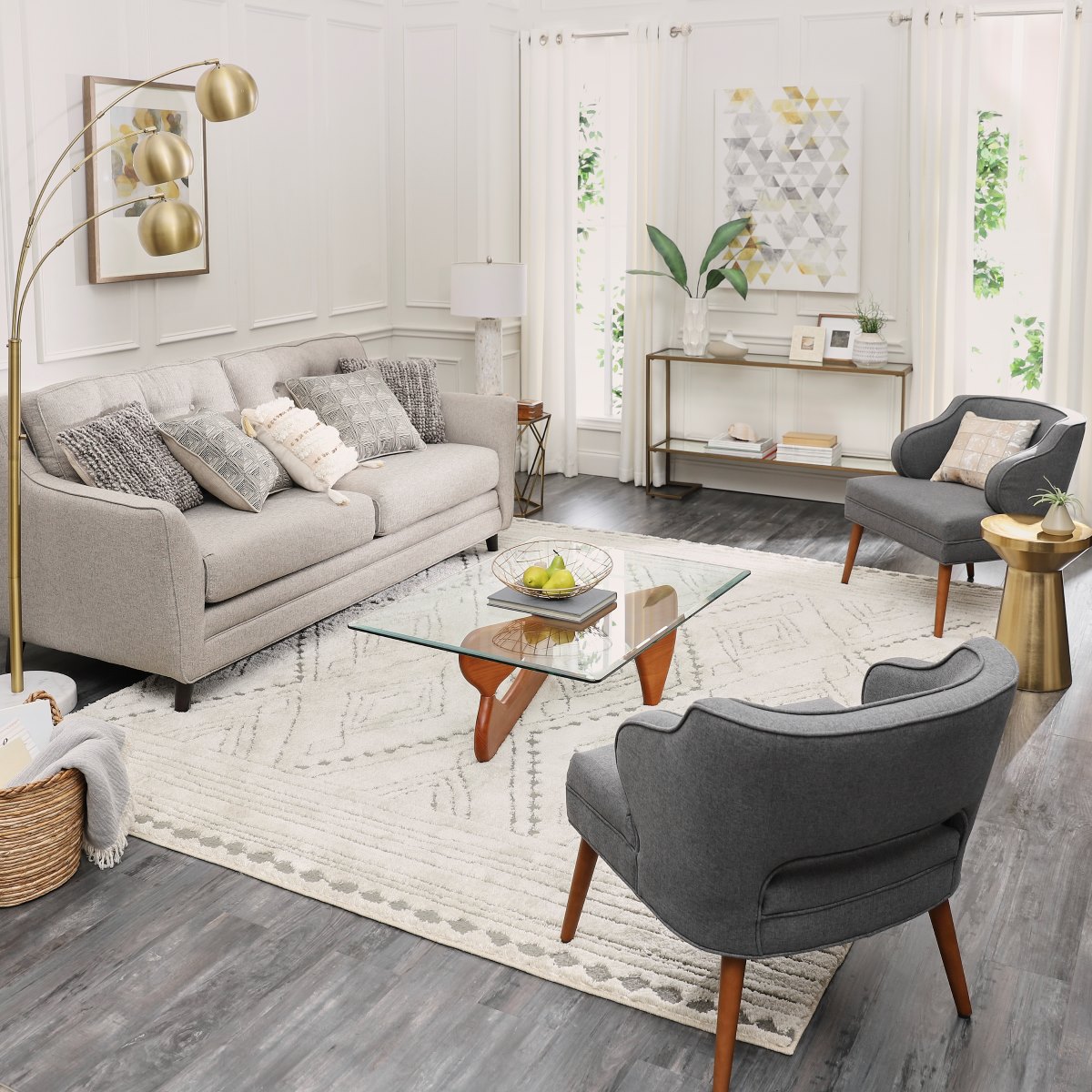
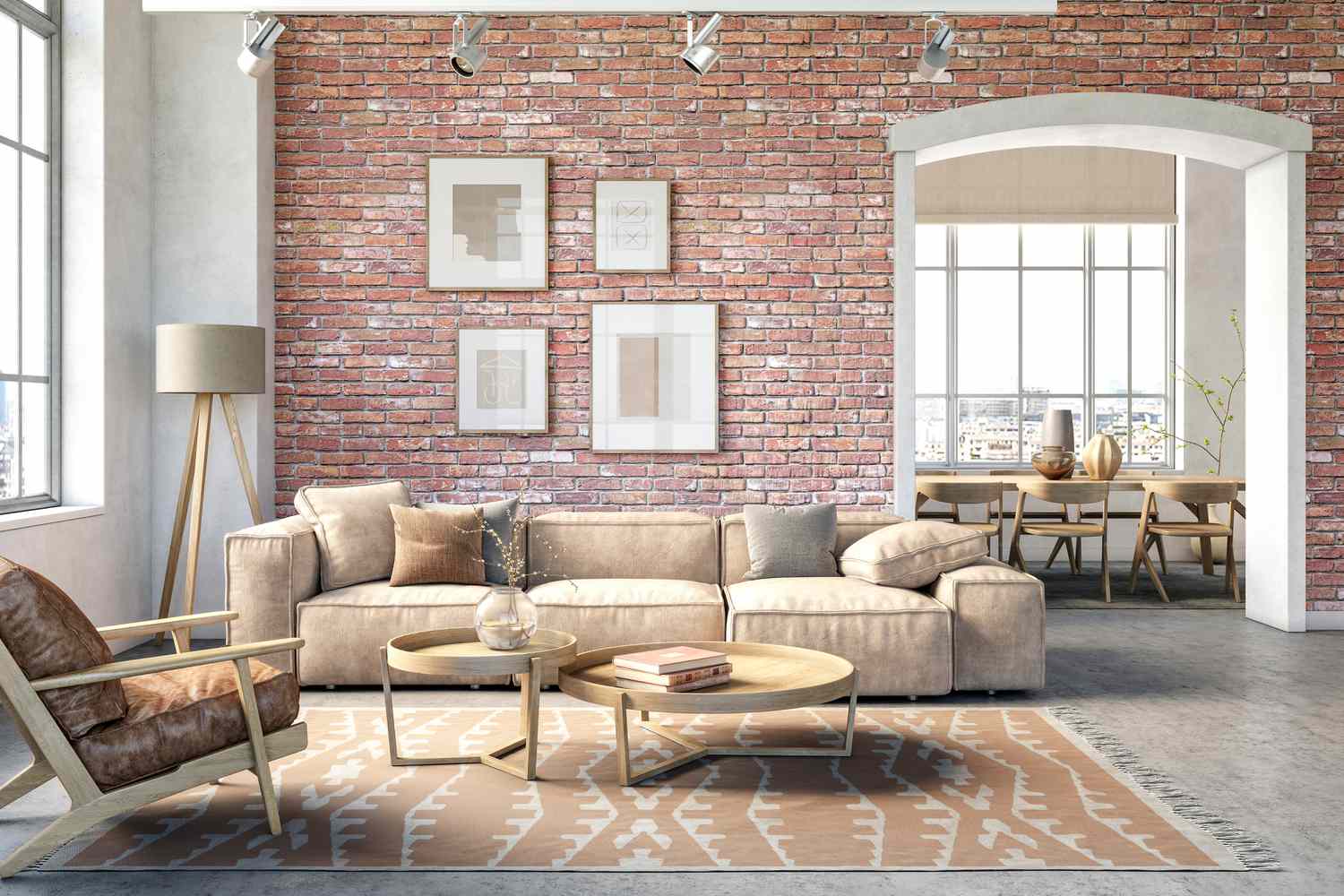
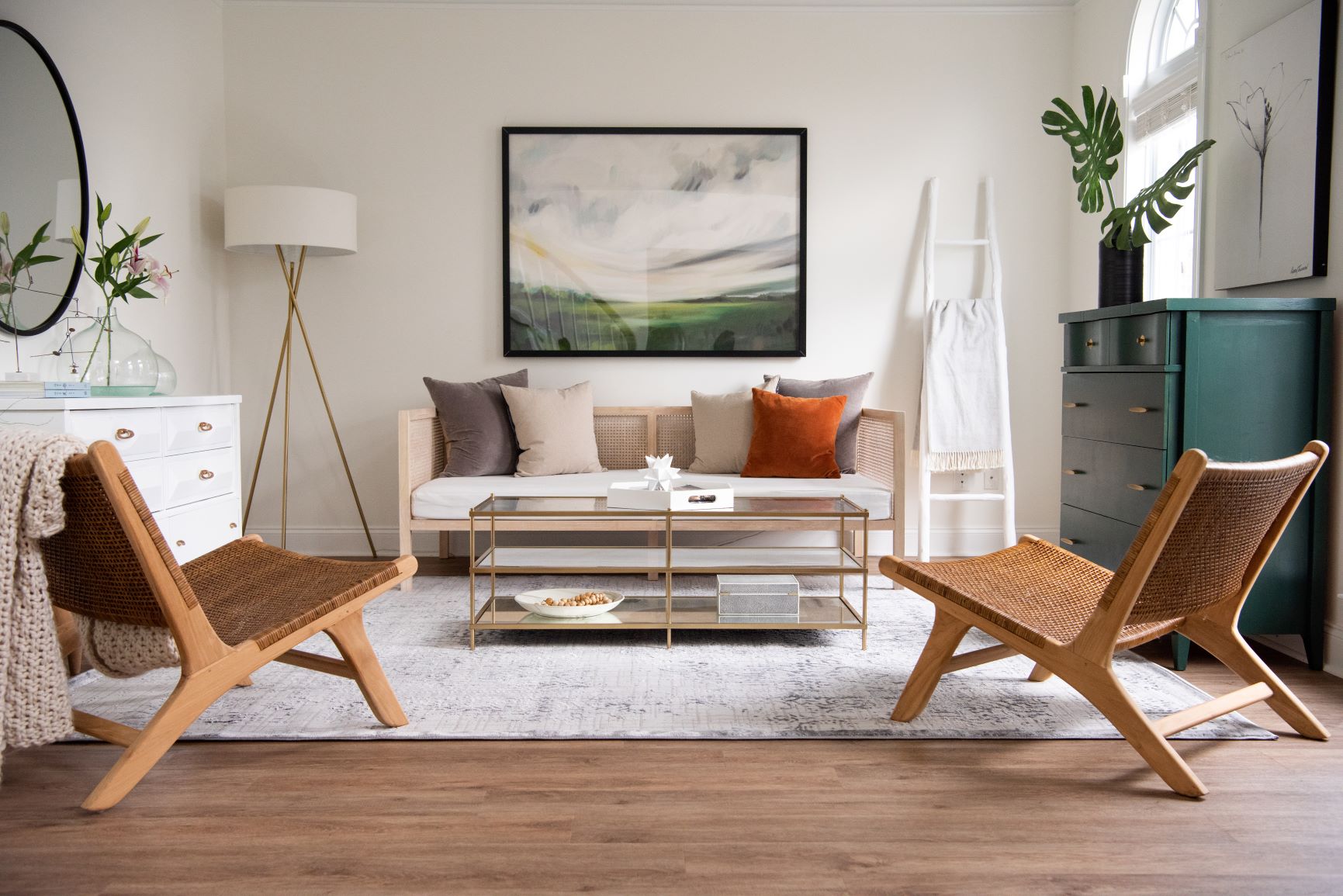
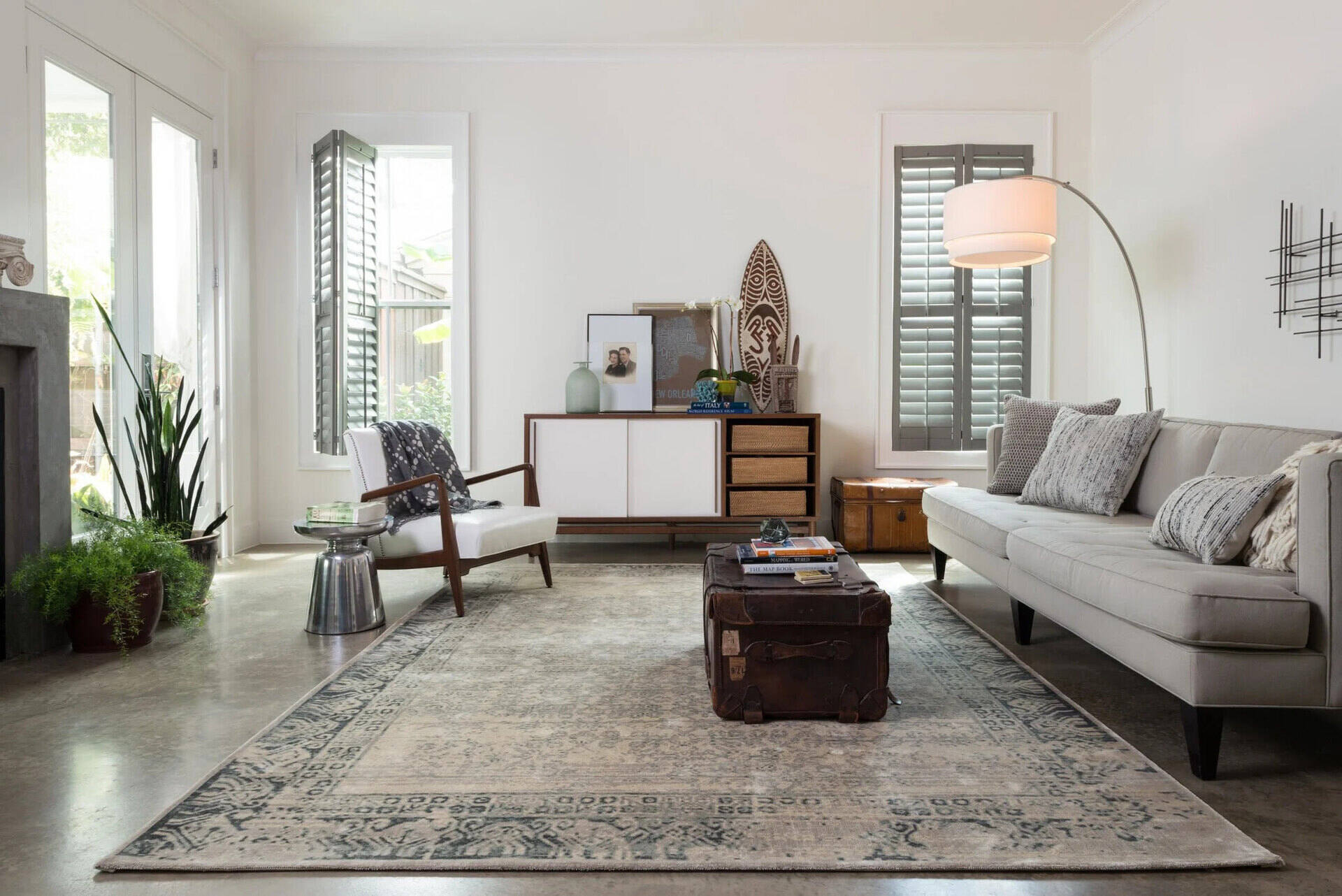
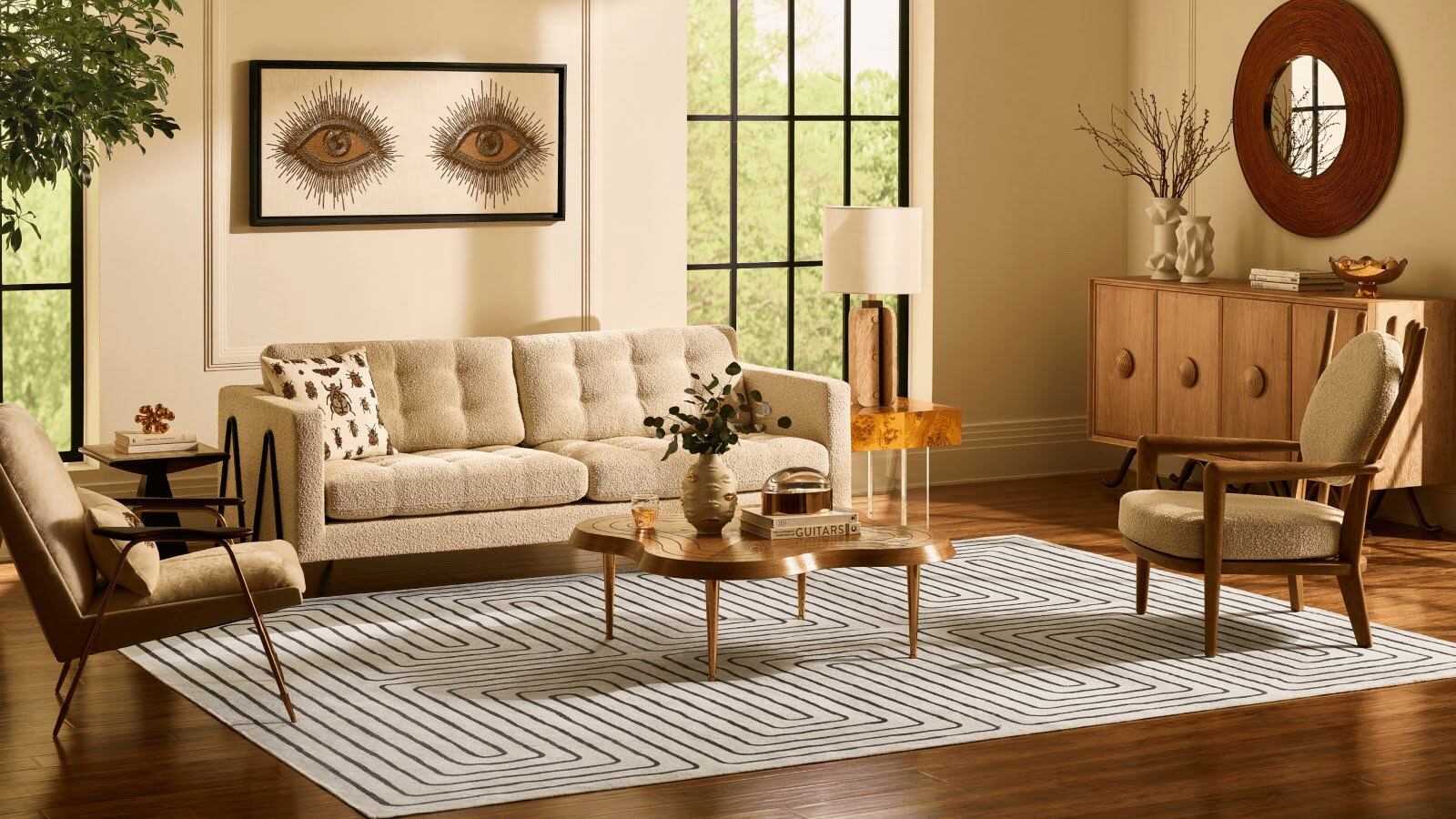
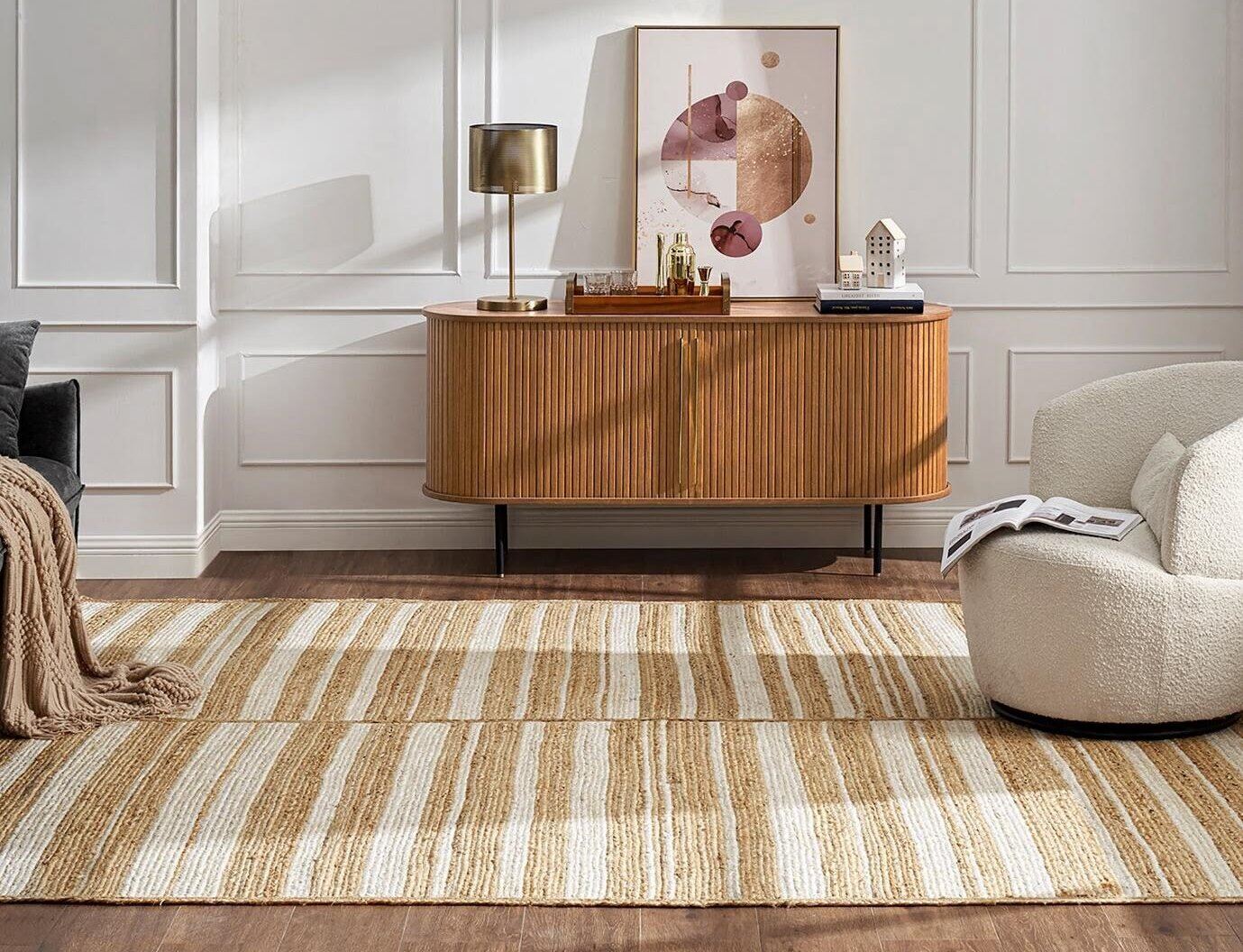
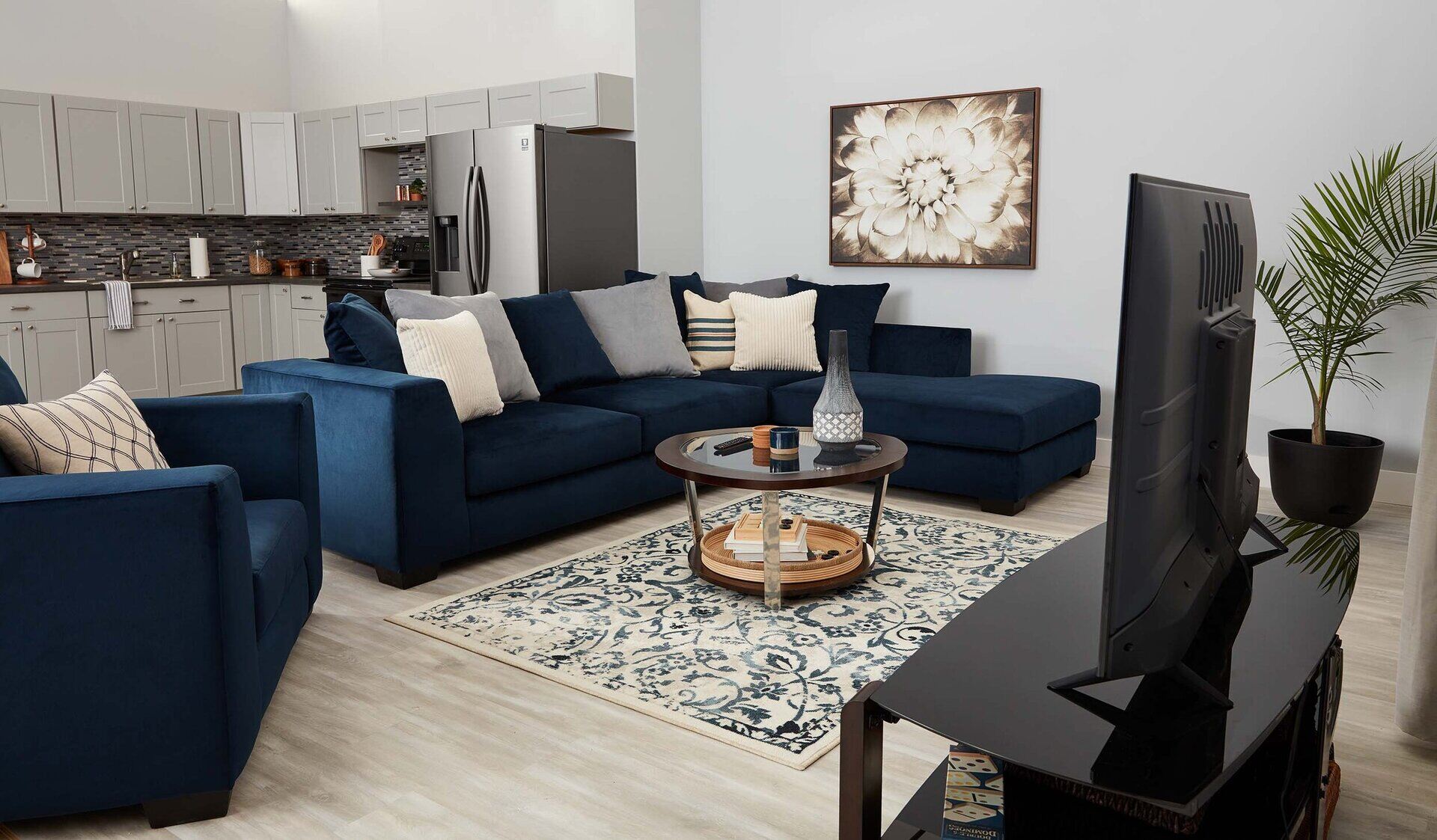
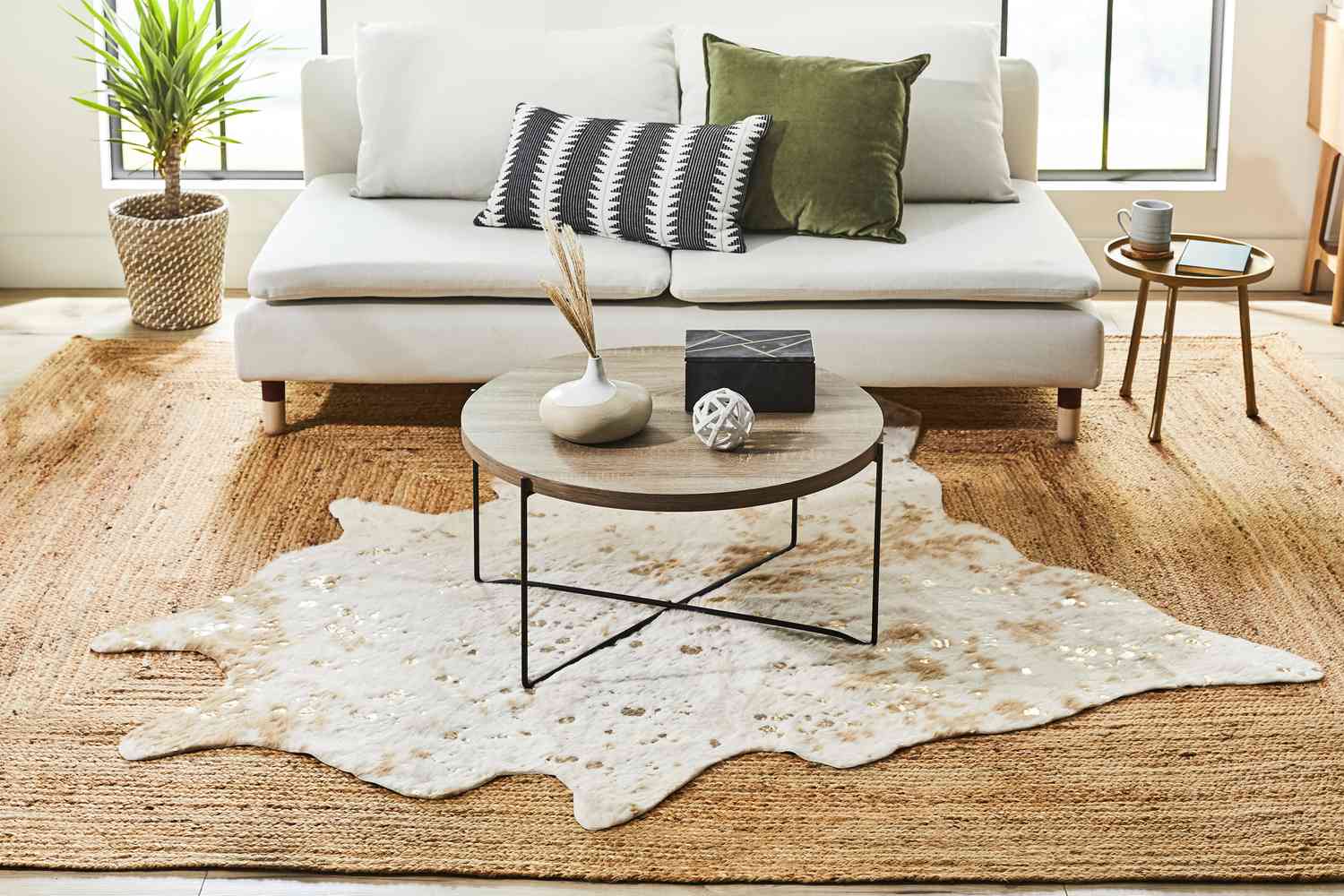
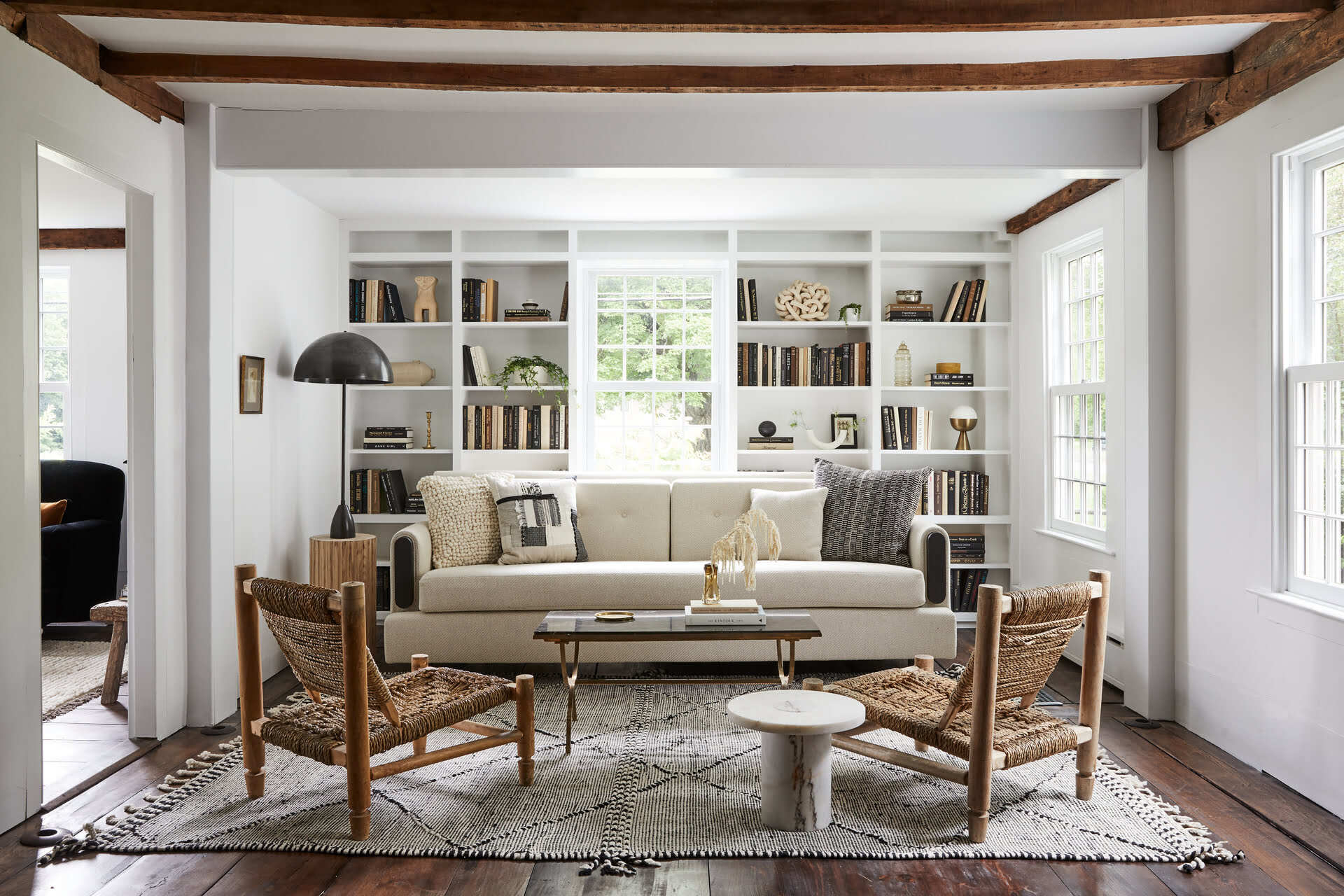
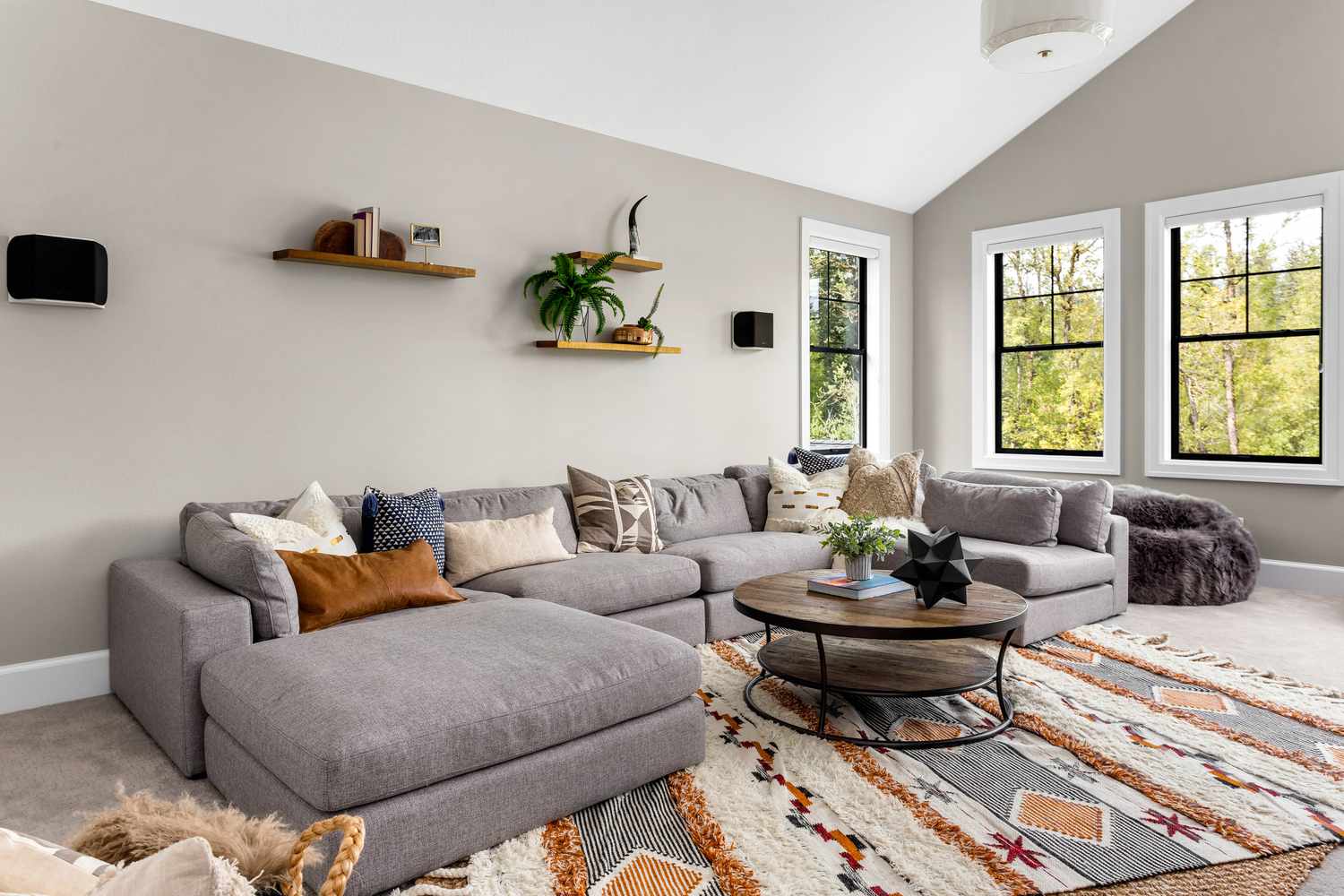
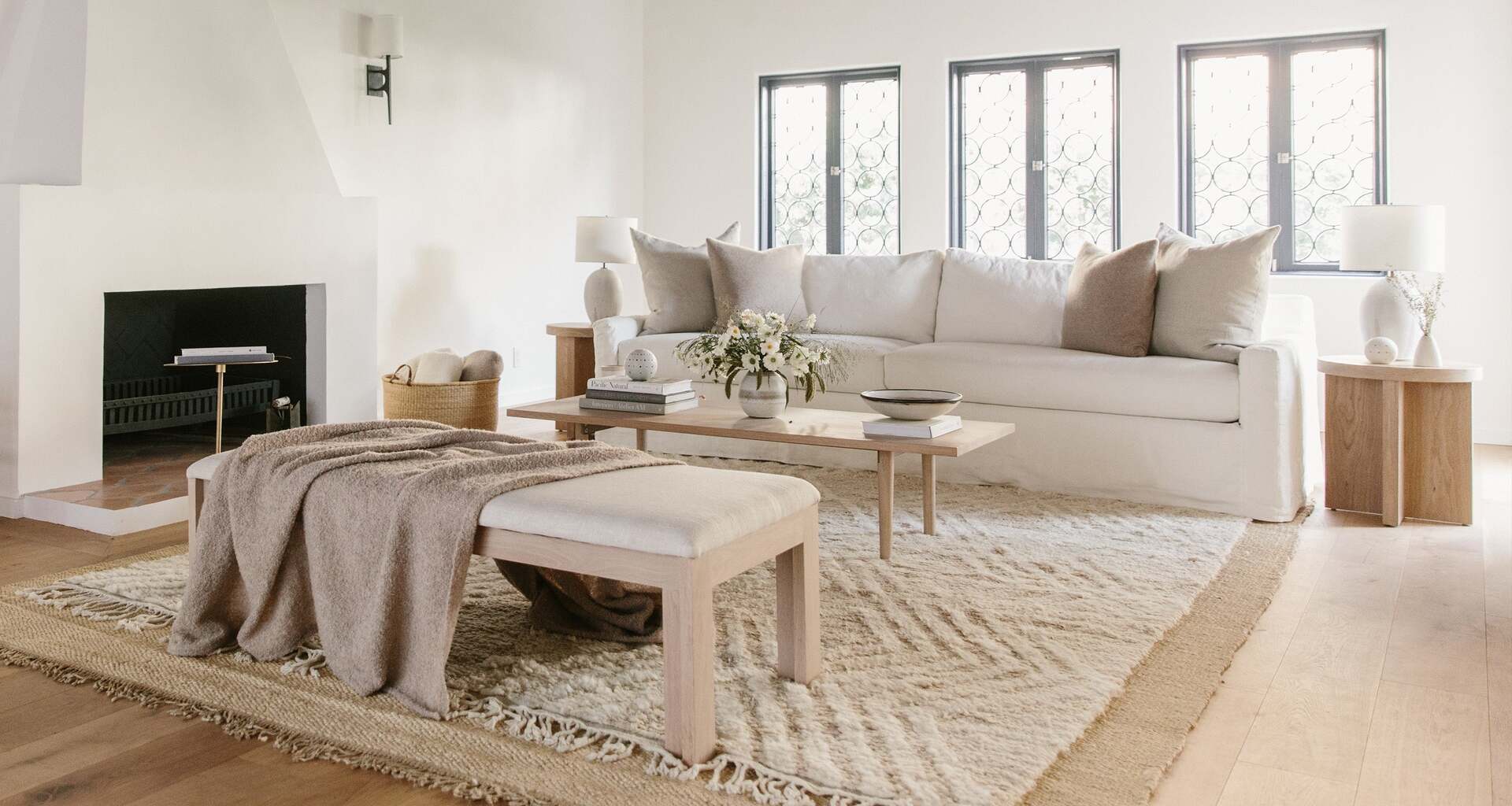

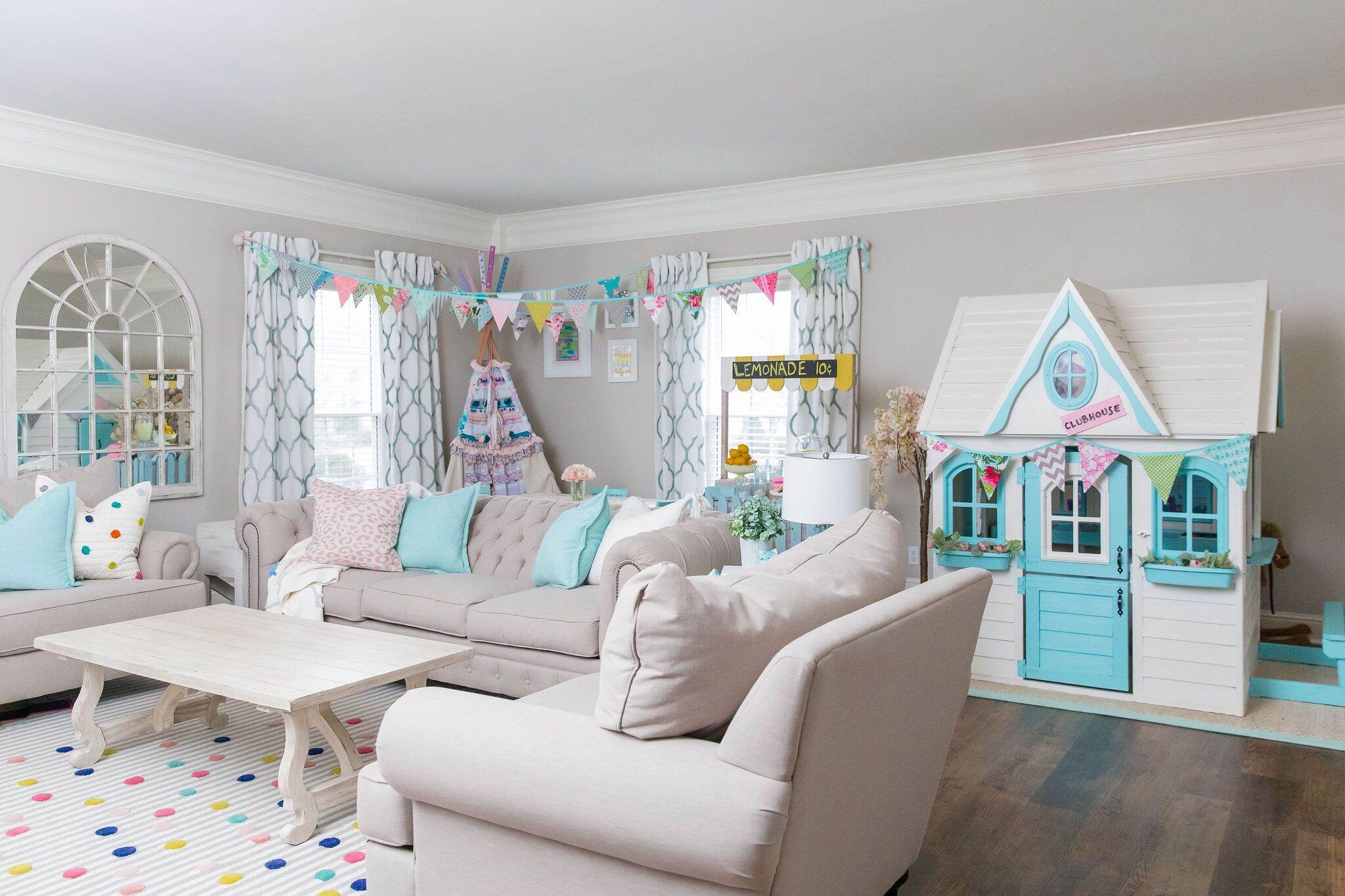
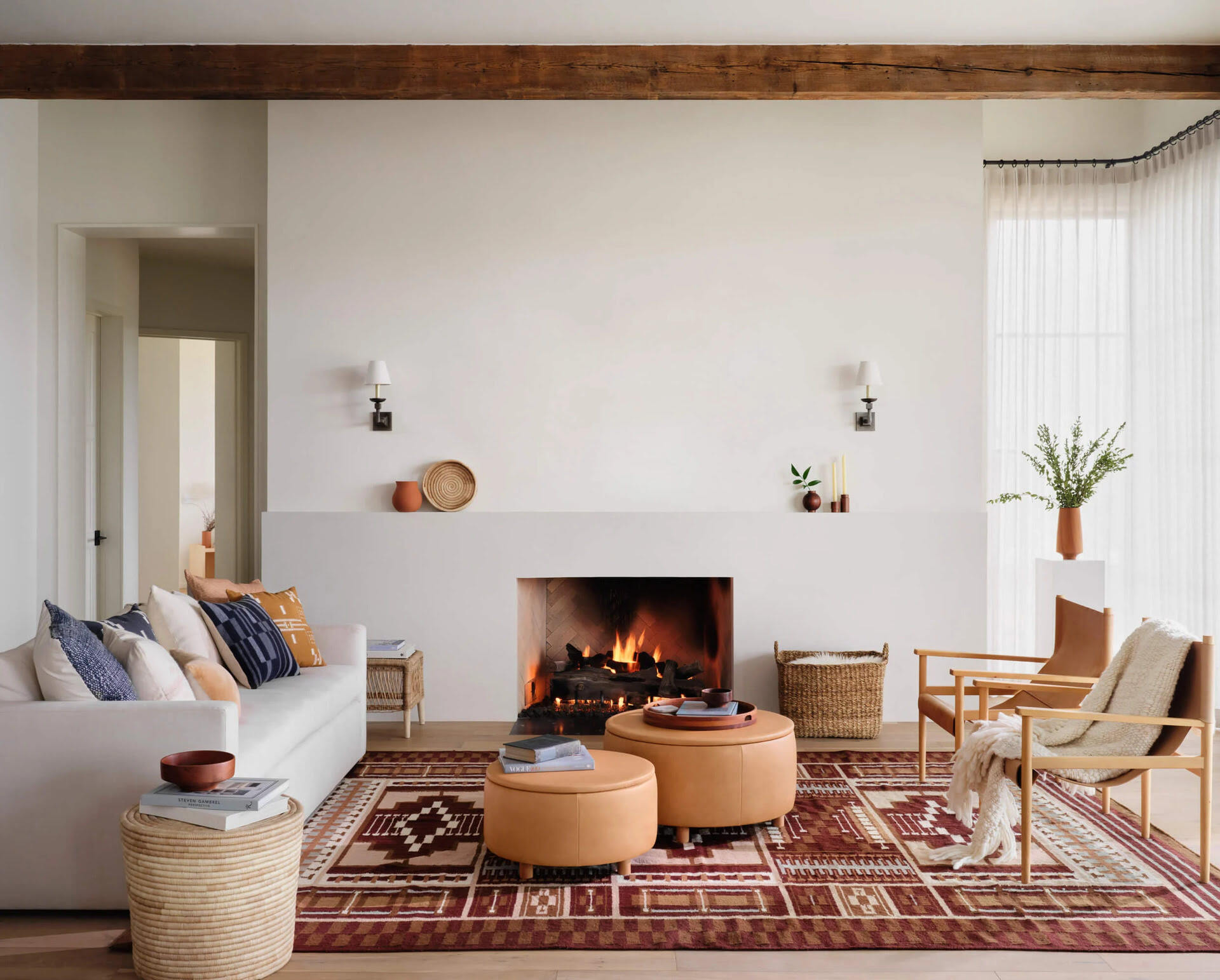

0 thoughts on “The Area Rug Sizes For A Living Room: 5 Rules To Follow”